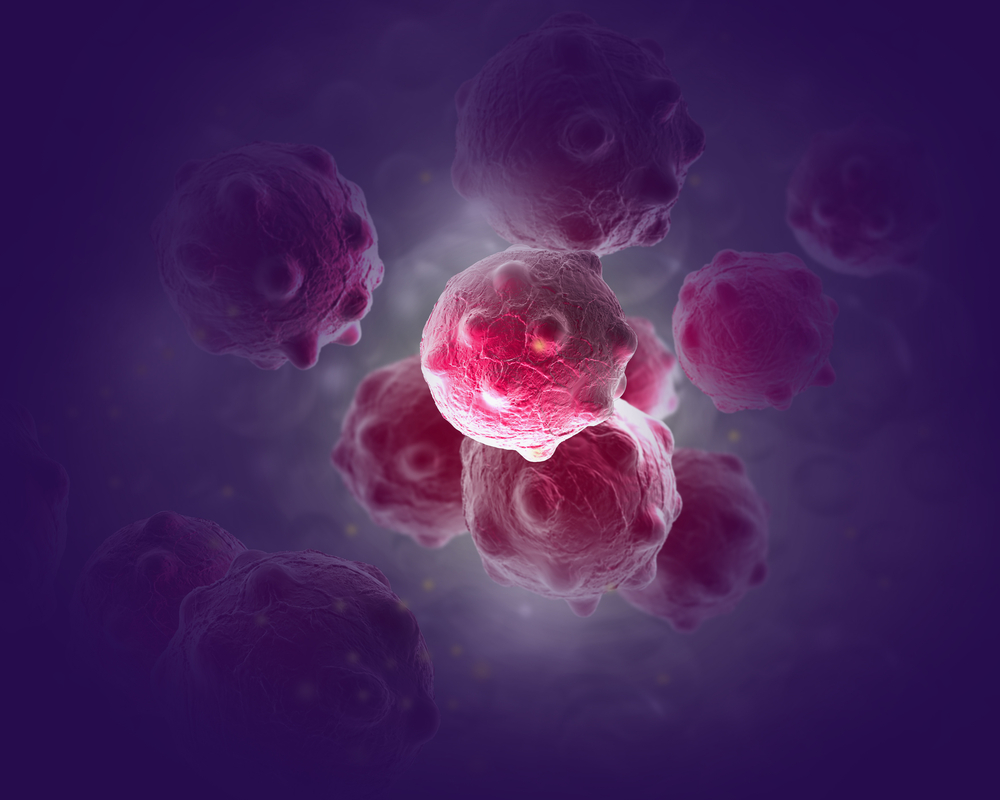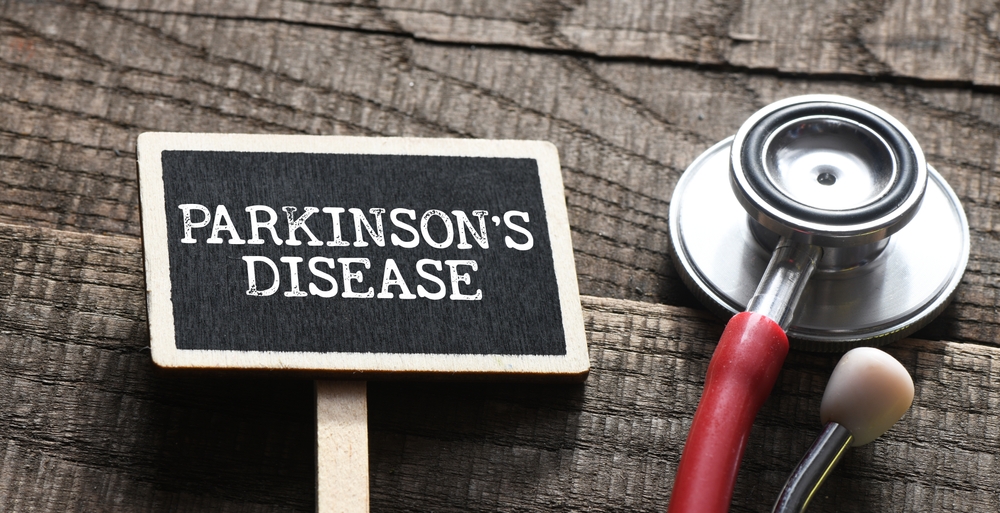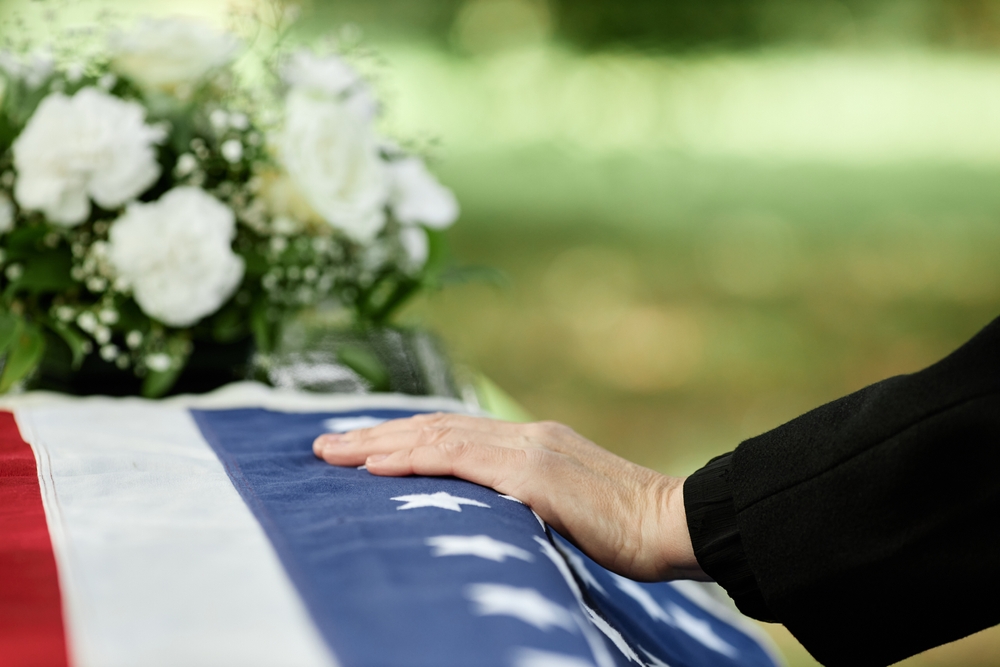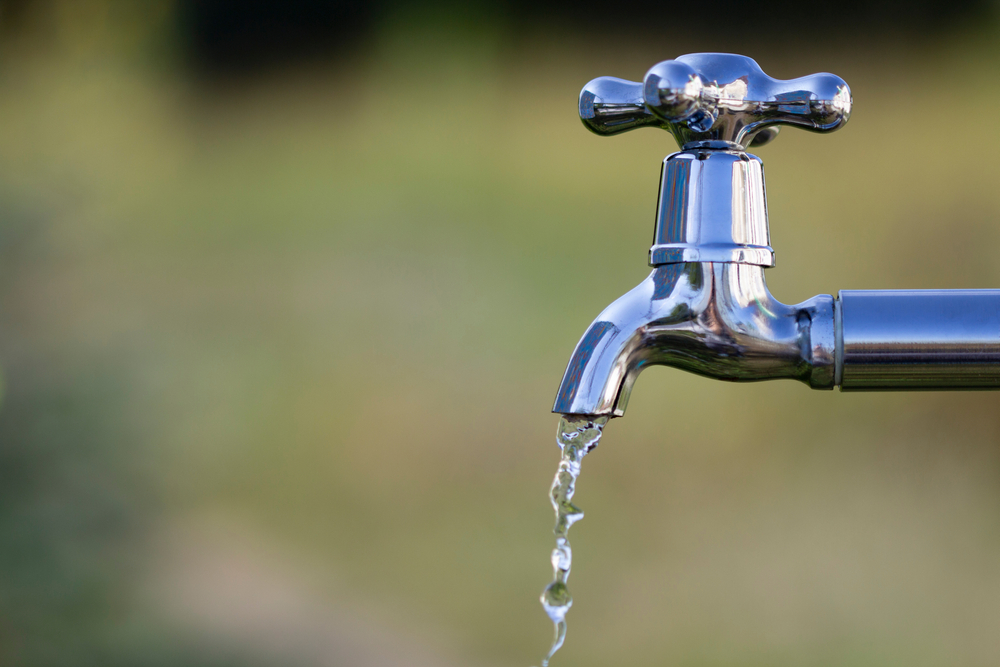What Cancers Are Linked To Camp Lejeune Water Contamination?
Some scientists have called the Camp Lejeune water crisis one of the worst public drinking water contaminations in the country’s history. For approximately 30 years, those working and living at Camp Lejeune – about one million people in total – were exposed to extremely high levels of deadly contaminants/carcinogens in their water supply. The Marine Corps discovered this contamination in 1982 but did not notify affected residents for nearly 20 years.
An estimated 500,000 people, including children, developed catastrophic or even fatal illnesses from the Camp Lejeune toxic water, including but not limited to: kidney failure, infertility, heart disease, Parkison’s disease, miscarriages, and many types of cancer. Let’s take a closer look at the cancers associated with Camp Lejeune’s toxic water.

Cancers Connected to Contaminated Camp Lejeune Water
It wasn’t until 1999 that affected Camp Lejeune residents, who had long since moved away, were informed of the contamination. By then, nearly half a million had already contracted serious and often irreversible health problems – especially cancer.
Camp Lejeune water contamination victims commonly developed the following types of cancers.
- Bladder cancer – Symptoms include bloody urine, frequent/painful urination, and back pain.
- Breast cancer – Symptoms include breast lumps or thickening; changes in size or shape; dimpling, peeling, or crusting of breast or areola skin; newly inverted nipples; and redness or pitting similar to orange skin.
- Esophageal cancer – Occurs in the esophagus, which moves food from your throat to your stomach. Symptoms include difficulty swallowing, unexplained weight loss, chest pain or pressure, worsening heartburn or indigestion, and coughing.
- Kidney cancer – Symptoms include bloody urine, persistent back or side pain, loss of appetite or unexplained weight loss, fever, and fatigue.
- Leukemia – Cancer of blood-forming tissue with many types, usually involving white blood cells. Symptoms include fever, persistent fatigue, recurrent infections or nosebleeds, swollen lymph nodes, easy bruising, excessive sweating, bone pain, and tiny red skin spots.
- Liver cancer – Symptoms include effortless weight loss and/or no appetite, upper abdominal pain and swelling, nausea and vomiting, yellow-colored skin or eyes, general weakness, and white stool.
- Lung cancer – Symptoms include constant coughing or coughing up blood, shortness of breath, chest and/or bone pain, headache, and effortless weight loss.
- Non-Hodgkin lymphoma – Cancer that begins in your lymphatic system, which is part of the body’s germ-fighting immune system. Symptoms include swollen lymph nodes in your neck, armpits, or groin, abdominal pain or swelling, chest pain, coughing or trouble breathing, persistent fatigue, fever, night sweats, and unexplained weight loss.
- Multiple myeloma – Cancer appearing in bone marrow. Symptoms include bone pain in the chest or spine, nausea and constipation, loss of appetite, brain fog and confusion, frequent infections, weakness or numbness in the legs, and excessive thirst.
How Did Cancer-Causing Toxins Enter Camp Lejeune’s Water Supply?
Several communities on Camp Lejeune received all of their water from just two on-base water treatment plants. A dry cleaning facility with poor waste disposal techniques contaminated the water supply of Tarawa Terrace, home to more than 6,000 residents. Another plant at Hadnot Point, which served barracks, schools, and the hospital, was contaminated by industrial spillage, waste disposal sites, and leaking underground tanks. The contamination began in 1953, just one year after Camp Lejeune opened.
Camp Lejeune’s water supply included these toxic chemicals:
- Trichloroethylene (TCE) and Tetrachloroethylene (PCE) – chemicals used in dry cleaning and cleaning metal machine parts; both are volatile organic compounds (VOCs)
- Vinyl chloride – a synthetic chemical that can be formed when TCE/PCE breaks down; used to make plastic items such as PVC pipes, kitchen utensils, and packing materials
- Benzene – colorless liquid found in gasoline, volcanoes, and forest fires; used in a wide variety of products such as plastic, nylon, lubricants, detergents, drugs, and pesticides
The Environmental Protection Agency (EPA) allows five parts per billion (ppb) each of TCE and PCE in drinking water. The Marine Corps discovered TCE levels as high as 1,400 ppb at Hadnot Point and PCE levels as high as 215 ppb in Tarawa Terrace.
The EPA’s goal for benzene in public water is zero ppb, but one of the wells at Camp Lejeune clocked in at 380 ppb. According to the Associated Press, one contractor attempted to cover up the benzene levels by reporting them at just 38 ppb and leaving them out entirely in a later report.
How To Get Compensated for Camp Lejeune Water Injuries
Veterans who served at least 30 days at Camp Lejeune or nearby MCAS New River between August 1953 and December 1987, and were not dishonorably discharged, are eligible for disability benefits from the VA. Their families can also receive back pay for out-of-pocket medical expenses. However, there was still a need for further help for water contamination victims due to the mishandling of Camp Lejeune claims by the VA and the fact that civilian workers weren’t provided Camp Lejeune benefits.
Thanks to the newly-passed Camp Lejeune Justice Act (CLJA), innocent victims with cancer and other health conditions can now file Camp Lejeune lawsuits against the government that failed to protect them, even as they dedicated their lives to protecting it.
The Camp Lejeune Justice Act (CLJA), signed into law in August 2022, allows servicemembers, their families, and civilian workers to file a lawsuit against the government.
The new legislation overrides North Carolina state law, which prohibits individuals from filing claims after ten years. Because many of the Camp Lejeune water contamination health effects take years to appear, thousands have been unable to seek justice until now.
Eligible victims have the same requirements as those seeking disability from the VA. Possible financial compensation includes lost wages, medical costs, pain and suffering, and wrongful death. Those already receiving Camp Lejeune disability benefits can still file a claim under the CLJA, but any awards from these claims will be offset by their current benefits provided by the VA, Medicare/Medicaid, or Social Security.
Like any claim against the federal government, Camp Lejeune water contamination lawsuits can be complicated, with layers of regulations and hoops to jump through.
Camp Lejeune claims are first filed with the Office of the Judge Advocate General (JAG). Claimants have just two years to file. If their claim is denied or a settlement is not reached, the next step is a civil lawsuit in the U.S. District Court for the Eastern District of North Carolina.
Having an attorney with proven experience in these types of personal injury or wrongful death claims, especially in Camp Lejeune or water contamination-specific claims, is the only surefire way to avoid wasting valuable time and money fighting for the justice you’ve already earned. The proper steps within the claims deadline must be followed if you want to recover damages, and a competent Camp Lejeune lawyer can guide you through the process one step at a time.

















